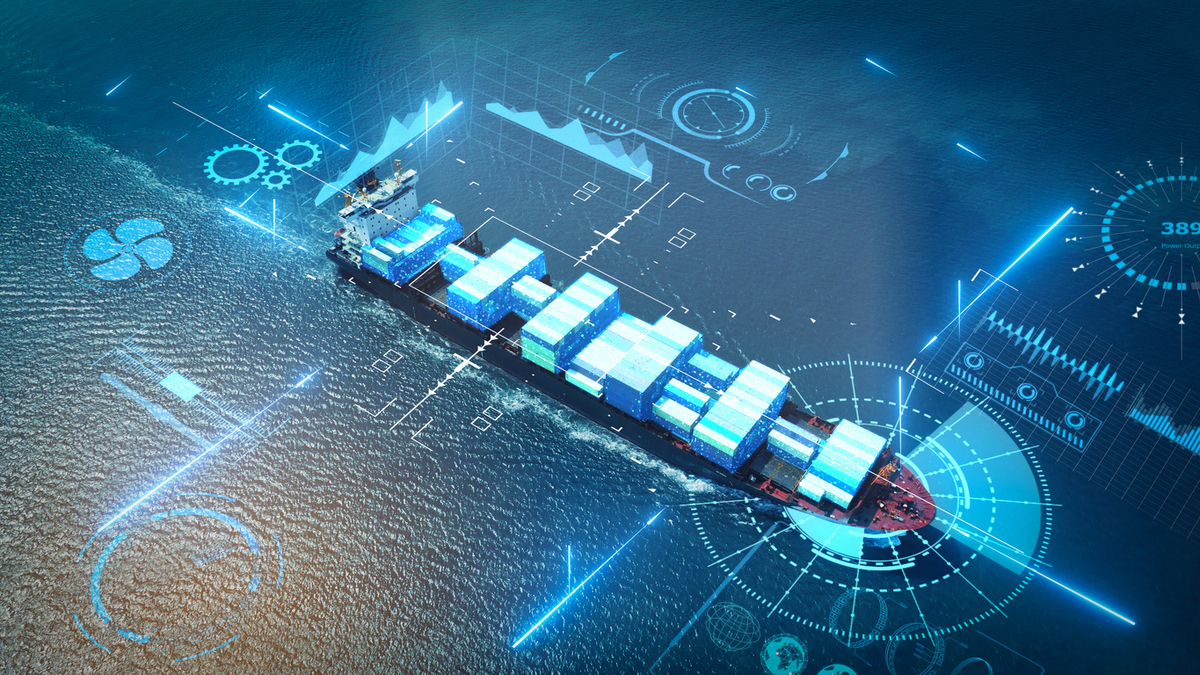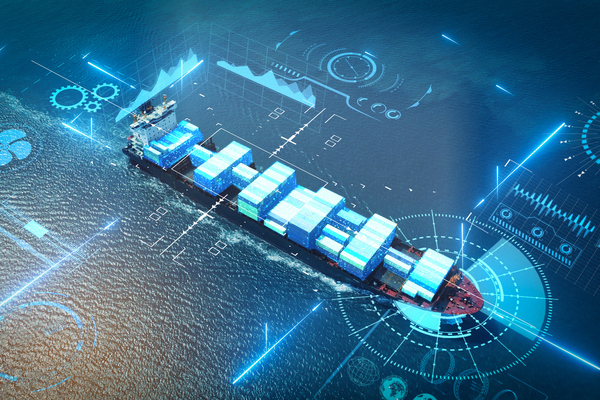All hands on deck: collaborative approaches to cyber-security
Sponsored by WithSecure
In today’s digital age, cyber-security is no longer just a technical issue; it is a strategic imperative requiring the attention of C-level executives. In fact, it’s a bit like navigating a ship through a vast ocean – and the analogy can help you understand the complexities and responsibilities involved in managing security and risk.
The ship and its crew: understanding roles and responsibilities
Imagine your organisation as a ship navigating unpredictable waters. The technical consultants, engineers, administrators and developers are the crew members who ensure that the ship functions smoothly. They handle the ropes, manage the sails and steer the rudder, ensuring that all technical aspects are in place and operational. These individuals are the backbone of your operational security, ensuring that the ship remains seaworthy.
However, the ship’s journey is not solely dependent on the crew’s technical expertise. The captain, representing the risk management team, plays a crucial role in charting the course. The captain studies maps, identifies potential hazards such as underwater rocks and determines the safest route to the destination. This strategic oversight is essential for navigating the ship through treacherous waters and ensuring it safely reaches its intended harbour.
Bridging the gap: the importance of communication
One of the most significant challenges in cyber-security is the disconnect between the technical teams and the risk management team. Too often, these groups operate in silos, with limited communication and understanding of each other’s roles. This separation can lead to inefficiencies, missed opportunities and increased vulnerabilities.
For instance, risk management professionals may develop strategies to mitigate risks without fully understanding the technical intricacies of the organisation’s operations. Conversely, technical teams may focus on their specific tasks without appreciating the broader strategic context. This lack of communication can result in suboptimal decisions and a fragmented approach to cyber-security.
To bridge this gap, it is crucial to foster a culture of collaboration and open communication. Risk management should not be an isolated function but rather an integrated part of the organisation’s overall strategy. By involving technical teams in the risk assessment process and encouraging regular dialogue, organisations can ensure that their cyber-security strategies are both comprehensive and practical.
Empowering the crew: recognising the value of technical teams
Technical teams are often the unsung heroes of cyber-security. They possess deep knowledge of the organisation’s systems, processes and potential vulnerabilities. However, their contributions are frequently undervalued, and they may not fully understand the impact of their work on the organisation’s overall security posture.
To address this, it is essential to recognise and celebrate the contributions of technical teams. By providing them with visibility into the organisation’s strategic goals and the importance of their work, organisations can boost morale and motivation. When technical teams understand how their efforts contribute to the broader mission, they are more likely to take ownership of their roles and strive for excellence.
Moreover, involving technical teams in strategic discussions can lead to more informed decision-making. These individuals can provide valuable insights into the feasibility and effectiveness of proposed risk mitigation measures. By leveraging their expertise, organisations can develop more robust and realistic cyber-security strategies.
The captain’s role: strategic oversight and decision-making
While the technical teams ensure the ship’s operational integrity, the captain’s role is to provide strategic oversight and make informed decisions. This involves understanding the broader threat landscape, assessing potential risks and prioritising actions based on their impact on the organisation’s objectives.
Effective risk-management requires a holistic approach that considers both internal and external factors. The captain must stay informed about emerging threats, regulatory changes and industry best practices. This knowledge enables them to make proactive decisions that enhance the organisation’s security posture.
Additionally, the captain must ensure that the organisation has the necessary resources and capabilities to respond to incidents. This includes investing in training and development for technical teams, implementing robust incident response plans and fostering a culture of continuous improvement.
The power of collaboration: a unified approach to cyber-security
Ultimately, the success of an organisation’s cyber-security efforts depends on the collaboration between the technical teams and the risk management team. By working together, these groups can develop a unified approach that leverages their respective strengths and addresses the organisation’s unique challenges.
For C-level executives, this means fostering an environment where communication and collaboration are encouraged and valued. It involves breaking down silos, promoting cross-functional teamwork and ensuring that all employees understand their role in the organisation’s cyber-security strategy.
Moreover, executives should consider engaging external consultants to provide an objective perspective and identify potential gaps in their cyber-security posture. These experts can offer valuable insights and recommendations, helping organisations to strengthen their defences and navigate the complex cyber-security landscape.
Crew has work to do
In all the decisions made by the crew and the captain, it’s crucial to keep the ultimate goal in mind – there are important tasks to accomplish. The ship’s purpose isn’t just to stay afloat but to transport cargo and passengers, explore new waters and gather fish for people to eat.
Everything the ship does should align with the broader business or operational goals of the organisation. A ship that only aims to stay afloat may not be the best for carrying out its expected duties.
Communication should include business owners, service developers, stakeholders and service providers. To achieve its mission, the ship must be both secure and functional.
Steering your ship towards a secure future
Cyber-security is a multifaceted challenge that requires both technical expertise and strategic oversight. By viewing cyber-security through the lens of a ship navigating the ocean, C-level executives can better understand the importance of collaboration, communication and strategic decision-making.
By empowering technical teams, fostering open communication and providing strategic oversight, organisations can develop a robust cyber-security strategy that protects their assets and ensures their long-term success. As the digital landscape continues to evolve, this unified approach will be essential for navigating the challenges and opportunities that lie ahead.
Visit www.withsecure.com/en/solutions/consulting to find out more.
By Antti Laatikainen, Principal Consultant, WithSecure Consulting

Business Reporter Team
You may also like
Most Viewed
Winston House, 3rd Floor, Units 306-309, 2-4 Dollis Park, London, N3 1HF
23-29 Hendon Lane, London, N3 1RT
020 8349 4363
© 2025, Lyonsdown Limited. Business Reporter® is a registered trademark of Lyonsdown Ltd. VAT registration number: 830519543





